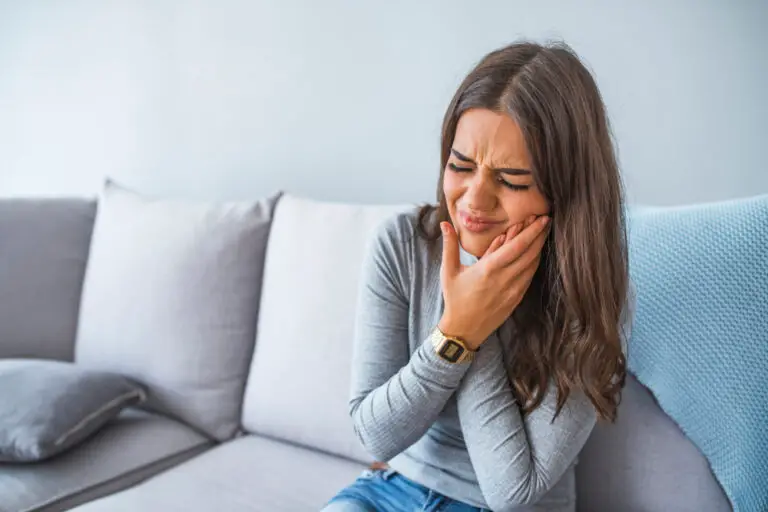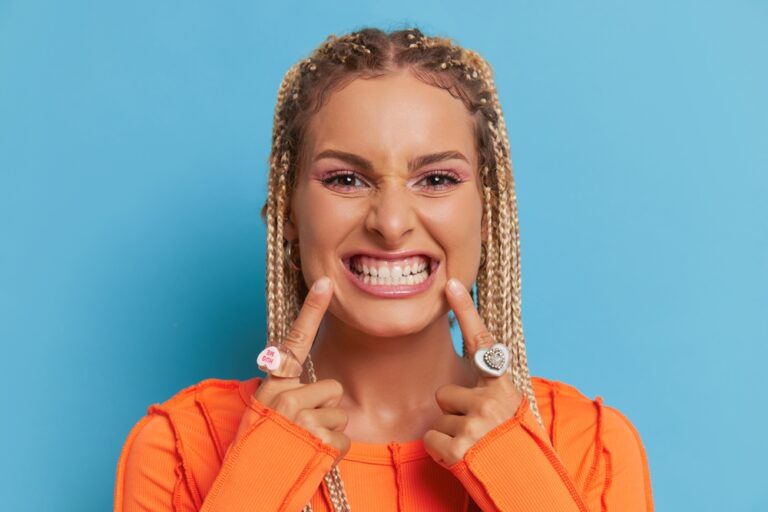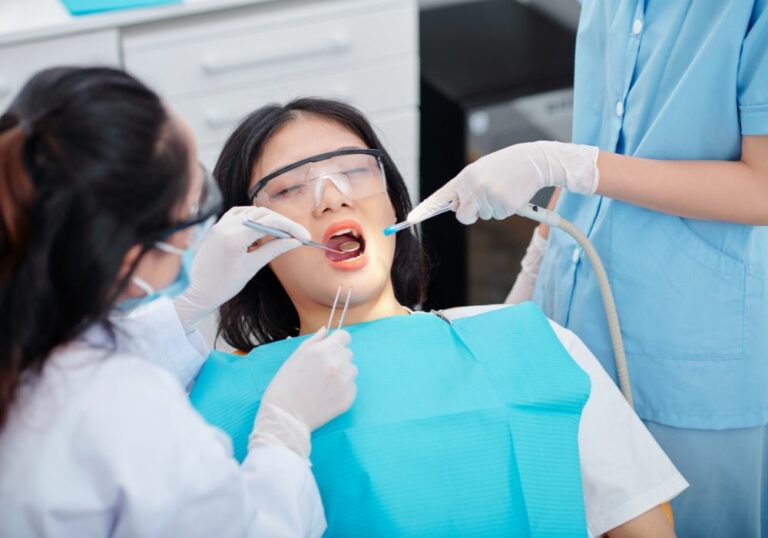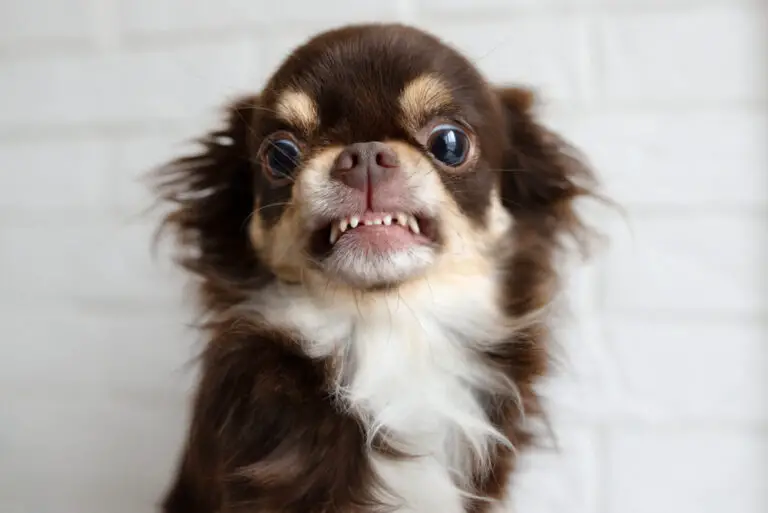The canine teeth, also known as cuspids or “fangs”, play an important role in biting, tearing, and chewing food. However, in some cases, orthodontists may recommend shaving or reshaping protrusive canine teeth to achieve proper alignment with surrounding teeth. This allows the upper and lower teeth to fit together correctly for optimal bite function.
Although permanent, shaving down canine teeth is a relatively conservative procedure that removes a minimal amount of enamel. It offers a quick way to establish proper overjet and overbite relationships. It can also eliminate discomfort from canines impinging on gums or the palate.
This article explores in detail the reasons orthodontists shave canines, the precise procedures involved, recovery and post-procedure care, results you can expect, and alternative options to shaving if desired.
Common reasons for shaving canines
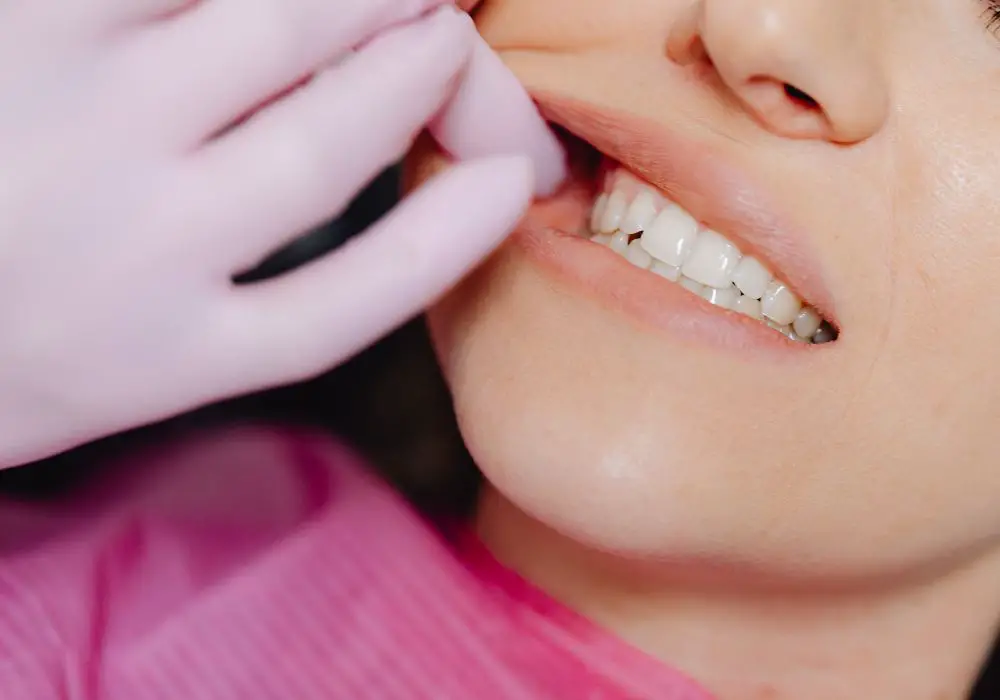
Orthodontists may recommend reshaping or shaving down canine teeth for several reasons:
Correcting overbite issues
Overbite refers to the vertical overlap of upper front teeth over the lower front teeth when biting. Normal overbite ranges from 2-4mm, while >4mm is considered excessive. Orthodontists can shave down the upper canine tips to instantly reduce an overbite that’s causing esthetic or functional problems. This quickly establishes proper occlusion with the lower canines when biting.
Correcting overjet issues
Overjet is the horizontal protrusion of upper front teeth beyond the lower front teeth. An excessive overjet beyond 3mm can cause upper canines to extend too far forward. Shaving down the canines brings them back in line with lower teeth. This corrects abnormal jaw positioning and improves overjet.
Relieving crowding and misalignment
Sometimes upper and lower canines come in noticeably crooked or crowded. This prevents proper closure between the upper and lower arches. Shaving down areas of enamel on the tooth can generate space and allow orthodontic wires to straighten and align the canine into better position over time.
Preventing trauma to gums and palate
In some patients, extremely sharp, pointed, or long canine teeth excessively impinge on and irritate the gum tissue and palate. Smoothing and rounding off the tips eliminates this irritation and discomfort.
Enhancing facial profile and smile esthetics
Some patients request dental contouring of uneven, blunted, or irregular canine tooth edges to improve their smile’s esthetic appearance. Reshaping and rounding rough spots can greatly improve smile symmetry and attractiveness.
Preparing for crowns, veneers, or dentures
Canine reshaping is sometimes needed to prepare the teeth for placement of crowns, veneers or partial dentures. The canines may be reduced to create space or ensure proper occlusion with prosthetic restorations.
As you can see, there are many potential reasons an orthodontist may recommend conservative reduction of excess canine width or length to improve function and facial esthetics.
Step-by-step canine shaving procedure
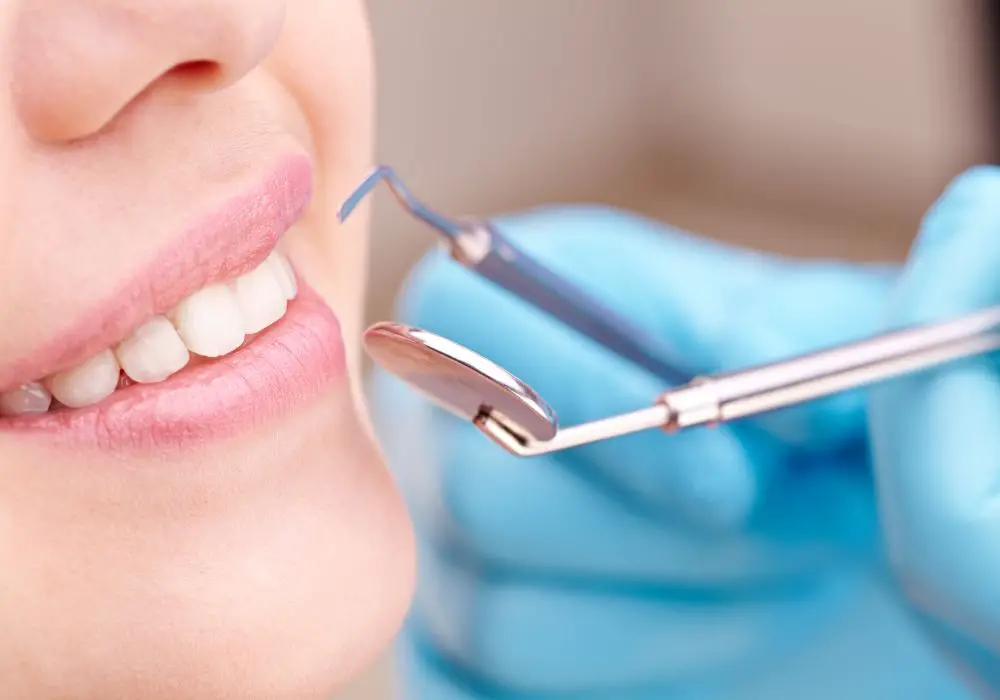
Shaving down canines is usually performed right in the orthodontist’s office. Here is a step-by-step overview:
Anesthetizing
The area around the tooth will be numbed using a local anesthetic injection to prevent any discomfort. Both sides are typically numbed even if only one tooth is being reduced.
Isolating the tooth
The tooth is thoroughly isolated and protected using a rubber dam. This protects the patient’s tongue, cheeks and gums during the procedure.
Initial shaping
Using a high-speed dental handpiece with a diamond burr tip, the orthodontist first contours the shape by removing a thin outer layer of enamel from the canine’s incisal edge and ridges.
Further smoothing
Progressively finer grit diamond burs are used to carefully shape and smooth the canine surfaces. The aim is to remove only enough enamel to establish proper occlusion with minimal tooth structure loss.
Polishing
The reshaped tooth is then polished using rubberized abrasive cups or points to create a glossy, plaque-resistant surface.
Fluoride treatment
A fluoride gel or foam may be applied and left on the tooth surface to strengthen enamel and prevent sensitivity.
The canine reduction is controlled and gradual. If extensive reshaping is needed, it may be divided over two or more office visits to prevent trauma to the tooth and allow for gradual adjustment.
What to expect post procedure
After conservative canine reshaping, patients can expect:
- Mild to moderate tooth sensitivity for 3-5 days. This usually responds well to desensitizing toothpaste.
- Avoidance of excessively hard, sticky, crunchy foods is recommended initially.
- Excellent improvement in occlusion (bite), function, and appearance.
- Permanent elimination of gingival irritation from canine impingement against the gums or palate.
- Retention of original canine color and shine when polished well.
- Possible need for further orthodontic treatment to align other teeth.
With careful technique, canine reshaping is extremely precise and controlled. Patients are often surprised by how subtle yet impactful the enhancement is.
Advantages of canine tooth shaving
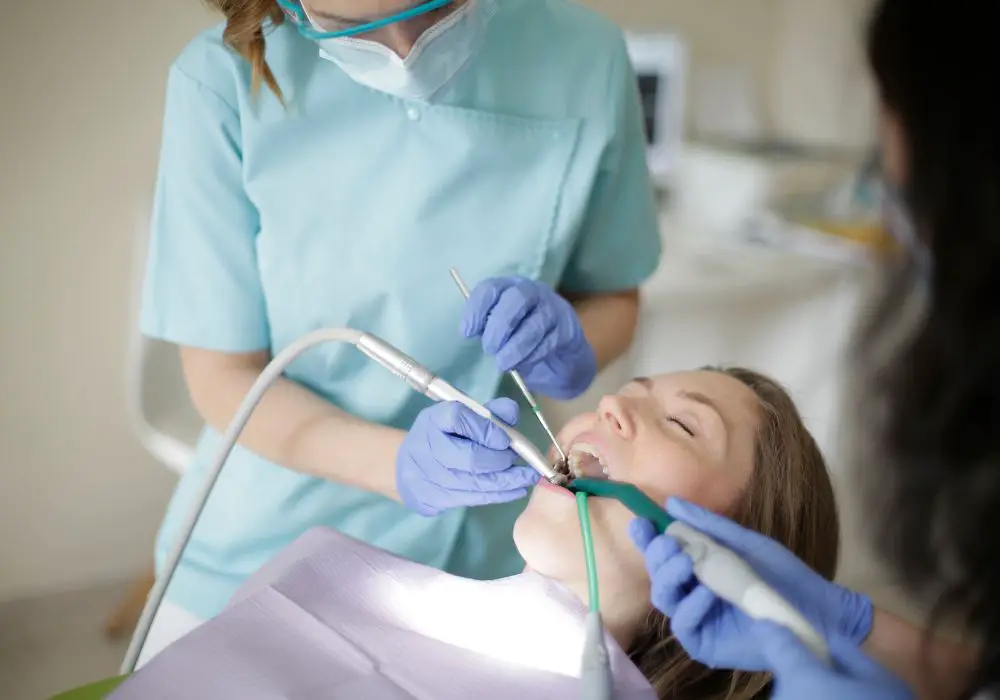
Some benefits of shaving down protrusive canines include:
- Less invasive – Only a small amount of enamel is conservatively removed. It avoids more aggressive extractions or surgery.
- Quick results – Can quickly correct an overbite, overjet, or crowding. See an improved smile immediately.
- Improves function – Establishes harmony between upper and lower teeth. Corrects occlusion issues.
- Enhances esthetics – Refines smile symmetry. Smooths out uneven, blunted, or irregular edges.
- Comfort – Eliminates irritation, cuts and sores from canines hitting gums or palate.
- Permanent solution – Reshaped teeth remain in proper alignment long-term.
While not reversible like orthodontics, precision canine reduction offers faster bite correction with minimal enamel removal.
Potential disadvantages
There are also some potential disadvantages associated with canine shaving:
- Tooth structure loss – Although minimal, some natural enamel must be removed.
- Nerve exposure – Removing too much can expose the sensitive dentin and pulp inside the tooth.
- Tooth color change – If excessive enamel is shaved, the yellowish dentin underneath may become visible.
- May still need braces – Canines may shift over time. Additional orthodontics may be needed for full realignment.
- Crown replacement – Old crowns or veneers may need replacement if they no longer match the reshaped canines.
- Not reversible – Reshaping cannot be undone if the patient later desires their original canine shape.
With controlled technique, these risks are minimized. But they should be considered before pursuing canine reduction procedures.
Recovery time and aftercare
Recovery after conservative canine reshaping is quick and simple:
- Use desensitizing toothpaste – Brush gently with desensitizing paste if sensitivity persists beyond 3-5 days. This will subside as the tooth adjusts.
- Avoid hard foods initially – Stick to soft foods for a few days. Gradually reintroduce crunchy and sticky foods.
- See your dentist – Schedule a follow-up visit around 2-4 weeks later to ensure proper healing and occlusion.
- Wear a nightguard if needed – If you grind your teeth, wearing a nightguard helps prevent excessive wear of reshaped canines.
With proper oral hygiene, the canine will recontour and polish out well. No special care is required beyond diligent brushing and flossing.
Alternative options to shaving canines
Depending on the case, some alternatives to permanent canine reduction include:
- Orthodontic treatment – Canines can be retracted and aligned over time with braces and wires alone, avoiding enamel removal.
- Tooth extraction – Removing excessively protrusive canines allows space to close orthodontically.
- Crown lengthening surgery – Surgically exposing more tooth structure on other teeth can avoid canine shaving.
- Orthognathic surgery – Jaw realignment surgery can address underlying skeletal causes of malocclusion.
- No treatment – If minor, monitoring the bite rather than reshaping may be an option.
The orthodontist will determine the best solution for each patient after thoroughly evaluating their specific malocclusion.
Questions patients frequently ask
Here are answers to some common patient questions:
How much enamel is removed when shaving canines?
Removal is very conservative, usually just 0.3mm-0.5mm. This subtly trims protrusion while preserving most of the natural tooth structure.
Do shaved canines become very sensitive?
Some temporary sensitivity can occur as the tooth adjusts. Proper technique avoids pulpal trauma. Using desensitizing toothpaste relieves any mild discomfort.
How are the reshaped canines maintained long-term?
No special care is required beyond good daily oral hygiene. Regular dental cleanings ensure proper occlusion is retained. Nightguards may help if you grind your teeth excessively.
Do shaved canines look noticeably different?
Only very close inspection reveals the subtle smoothing. A skilled orthodontist retains the original color and maintains a polished, natural look. Excessive reshaping can expose yellowish dentin and require dental restoration.
Can orthodontists shave canines without braces?
Yes, it may be performed independently to quickly correct a severe overbite or overjet. However, alignment and occlusion issues affecting other teeth usually still require braces.
I hope this greatly expanded and more comprehensive article provides helpful details about orthodontic canine tooth shaving procedures! Let me know if you would like me to modify or add any further information.

